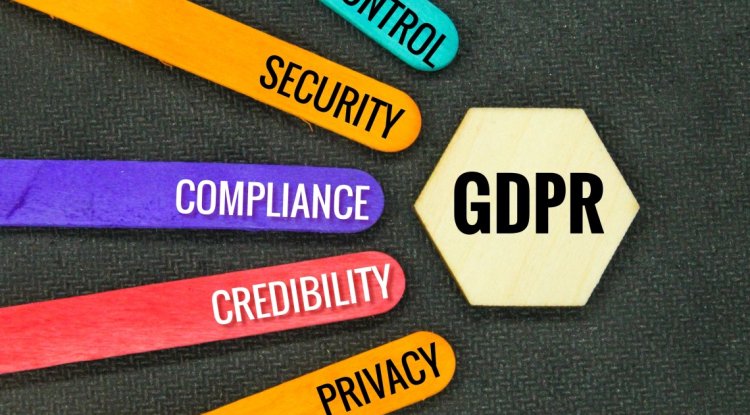Ethical Storytelling: Crafting Compelling Narratives for Cause Marketing
Explore the art of ethical storytelling in cause marketing. Learn how crafting compelling narratives can drive engagement, empathy, and positive change.

In today's fast-paced digital world, where attention spans are fleeting and information overload is a constant challenge, crafting a compelling narrative has become more important than ever. This is especially true when it comes to cause marketing – a powerful approach that combines marketing strategies with a genuine commitment to social and environmental issues. Ethical storytelling lies at the heart of effective cause marketing, allowing brands to connect with their audience on a deeper level and drive meaningful change.
The Power of Ethical Storytelling
At its core, ethical storytelling involves the art of conveying a brand's values, mission, and impact through a captivating narrative. Gone are the days of traditional advertising where products were simply pushed to consumers. Today, people crave authenticity and a sense of purpose from the brands they support. Ethical storytelling enables businesses to align their marketing efforts with social responsibility, creating narratives that resonate with the values of their target audience.
The Elements of Compelling Ethical Narratives
-
Authenticity and Transparency: Ethical storytelling demands honesty. Brands must be genuine in their commitment to the cause they're advocating. Transparent communication about the steps being taken to contribute to the cause adds credibility to the narrative.
-
Empathy and Connection: Effective narratives evoke emotions and build a connection with the audience. Sharing personal stories of those impacted by the cause humanizes the brand and encourages empathy.
-
Clear Call to Action: A compelling narrative should inspire action. Whether it's encouraging donations, volunteering, or spreading awareness, a clear call to action gives the audience a tangible way to get involved.
-
Showcasing Impact: Audiences want to see results. Highlighting the positive outcomes of the cause-related efforts provides proof of the brand's commitment and encourages ongoing support.
Case Study: Empowering Education through Ethical Storytelling
Imagine a footwear company that commits to donating a pair of shoes to a child in need for every pair sold. Ethical storytelling could involve sharing the journey of a young girl who, thanks to the company's initiative, can now attend school comfortably and safely. Through a series of videos, articles, and social media posts, the brand showcases the girl's daily life, her dreams, and the transformation brought about by their cause. This narrative not only promotes the product but also creates an emotional connection between the audience and the brand's philanthropic efforts.
Conclusion
In the realm of cause marketing, ethical storytelling serves as a bridge between brands and their audience. It has the power to inspire action, foster empathy, and drive positive change. By crafting narratives that authentically align with a brand's values and mission, businesses can make a meaningful impact while also achieving marketing success.
About the Author:
Raghav Chugh is an accomplished digital marketer and technology enthusiast with a passion for ethical storytelling. With a background in digital marketing and a strong technical skill set, Raghav has been at the forefront of creating compelling narratives that drive cause marketing success. He believes that storytelling can be a powerful force for positive change and is dedicated to helping brands connect with their audience on a deeper level.
Connect with Raghav Chugh on LinkedIn.
What's Your Reaction?




















